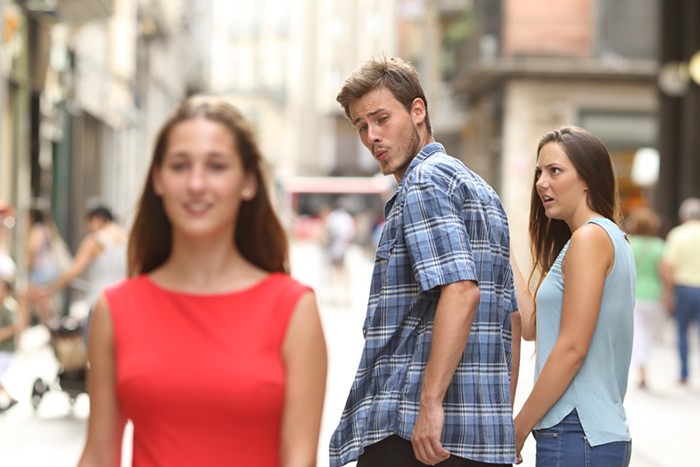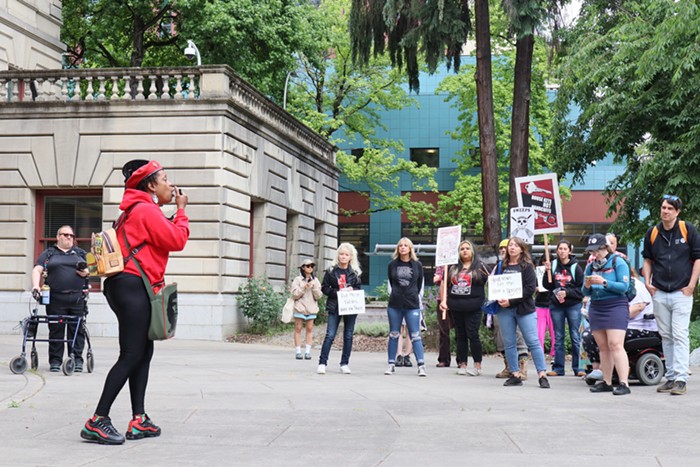IT IS INARGUABLE that the best part of the Swedish film adaptation of Stieg Larsson's Millennium Trilogy is the actress Noomi Rapace. Her Lisbeth Salander is a once-in-a-lifetime creation: a tough, damaged, goth computer hacker who can't manage to choke down her own sense of justice long enough to disengage with society. Unfortunately, the plot dictates that Salander spend the first half of The Girl Who Kicked the Hornet's Nest in a hospital bed, recovering from a brutal beating administered in the end of the second film in the trilogy, The Girl Who Played with Fire. (Uh, spoiler alert?)
But Rapace still kicks ass as an invalid. Her Salander is riveting even in her convalescence, as she prepares for her defense in a murder trial that will mark the climax of the series. As with the other installments, Daniel Alfredson's direction is unflashy but skillful. The story, which could be dense and impenetrable in the wrong hands, whirs along at a steady clip—until it ends with a whimper. (Larsson reportedly had more adventures waiting to be written at the time of his death, and Hornet's conclusion makes that franchise-planning glaringly obvious.)
At the end of the trilogy's full seven hours, you're forced to be impressed by what was accomplished: Alfredson managed to make three films based on beloved popular books without once seriously fucking things up. As a whole, they form one coherent, well-told story. We could use some more of that in American cinema. Here's hoping David Fincher can manage the same out of his in-progress The Girl with the Dragon Tattoo adaptation.



















